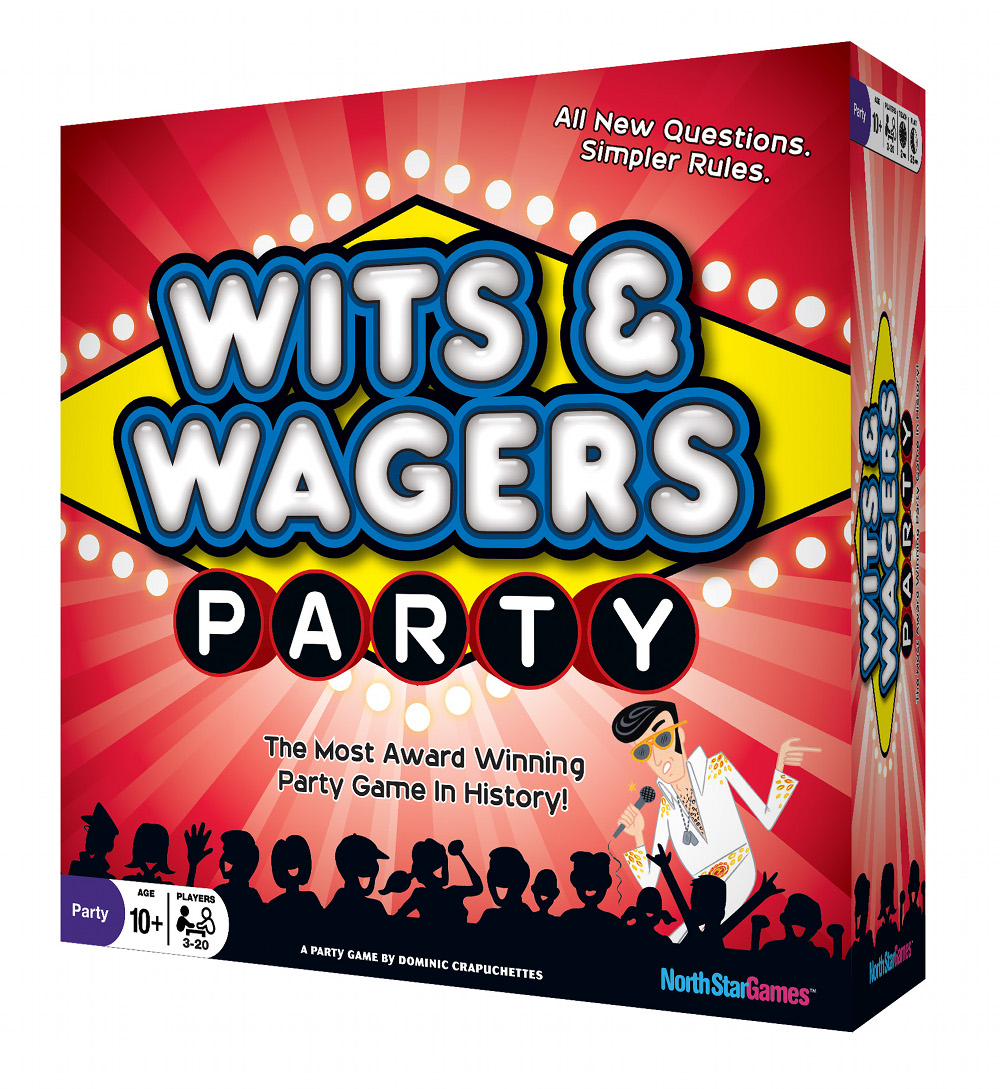Gama Trade Show Day 1 & Confrontation Phoenix
The Rebirth of Confrontation: Phoenix
At the Gama Trade Show mixer I met Kevin Clark, Director of Research & Development for CoolMiniOrNot. At the show CMON will be announcing three exciting new product lines, one of which is the return of Confrontation. Based on the 3.5 rules beloved by the Confrontation community, Confrontation Phoenix will utilize the existing masters from the metal range of figures previously put out by Rackham before their ill-fated turn to pre-painted plastics. Confrontation fans will have square bases once more. It sounds as though the rules are also getting a new translation from the French as well. Perhaps my Drune will also rise from the ashes.
The Gama Trade Show Itself
I jumped ahead of myself in my eagerness to share the news of Confrontation’s rebirth. The Gama Trade Show, as John Coviello of Little Shop of Magic reminded me before our interview, is a trade show. It is not open to the general public or to fanboys, even though some will still get in.
It is being held in Bally’s and is oddly divided between the casino’s north tower and the south tower. The first two days of the GTS are almost exclusively seminars and are held in one tower. On Wednesday and Thursday the Exhibitor Hall will open a distance away in the other tower, forcing a traversal of the Bally’s casino floor to move back and forth.
The Mixer
Having registered, I meandered up and over to the mixer, meeting the co-owners of The Comic Shop in San Leandro, CA, the owner of Game Night Games in Salt Lake City, Kevin Clark of Cool Mini, and later Clearfield, Utah’s Endzone Hobby Center’s owner. Attending retailers received a deluxe black leather deck case for Magic: The Gathering.
Seminar: The New Rules: IP Issues for Developers and Publishers
Gregory P. Silberman, Patent Attorney with Kaye Scholer LLP spoke to the attendees without the aid of a projector as he addressed the four broad types of intellectual property. The small audience allowed him to field many questions as he proceeded along. The New York firm he works for handles mostly larger cases of intellectual property and increasingly more cases involve apps for the iPhone, the Droid, and Facebook. A gamer himself, Silberman’s examples were all fresh and contemporary, referencing VASSAL, the d20 system, the ESRB’s M for Mature rating, and the possibility of lapsed gaming trademarks of the 1980s being taken by new registrants. While he had the usual lawyerly caveat that he was not representing any in attendance and was not our lawyer, two things he said stood out in particular. First, that qualifying as a national trademark (and not a localized one) could be as simple as sending a copy of your game or product to a reviewer in another state or selling a single copy across state lines. The second was his praise for the US Patent and Trademark Office’s helpfulness. While an IP lawyer can certainly be very helpful with narrowing the recitation of goods and services, in Silberman’s experience, Examining Attorneys at the USPTO are often both friendly and helpful.
All of the Gama Trade Show seminars are being recorded by Pulp Gaming and will be available for GAMA members who could not attend.
Seminar: Demoing Games
I missed the very opening of Luke Warren’s seminar on Demoing Games. The PR Director for North Star Games, Warren said that the most important thing to remember in demoing games (and selling them) is that “Your average consumer wants to know how the game will apply to their life.” He also stressed that why is more important than how; a game manufacturer’s game mechanics are less important to a consumer than why he or she wants to play a game. He used the game Wits and Wagers to illustrate bad demoing and then good demoing.
In Wits and Wagers players are asked a question with a quantifiable answer. They write their answers on white boards and then the answers are revealed. Players then bet on what the closest answer will be. Very oddly, if you guess over the actual answer, even if you’re close, your answer is not correct. If the question was “When was Barack Obama born?” and someone answers 1215, another 1517, another 1969, and another 1995, it seemed that the person who answers 1517 would be rewarded or closest. Obviously that mechanic could be ignored and closeness to the actual number could be rewarded.
When the volunteers played the good and bad demos, one was asked if he liked Trivial Pursuit. He answered in the negative and it was pointed out that in Wits and Wagers, there is less pressure to get the right answer and not as much fear of looking ignorant. Wits and Wagers’ players are all engaged at the same time and not waiting for someone else’s turn, which could last a long time. I have to agree with the latter point, but I also enjoy Trivial Pursuit and can easily be the player on the roll moving around the board for 8 minutes at a time.


Pingback:The 2012 GAMA Trade Show: What Went On and Who Did It | Craven Games: In-Depth Tabletop Games Coverage